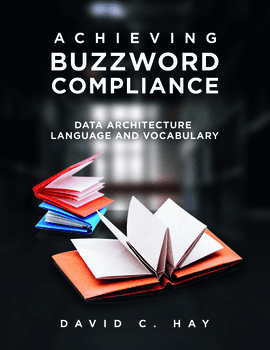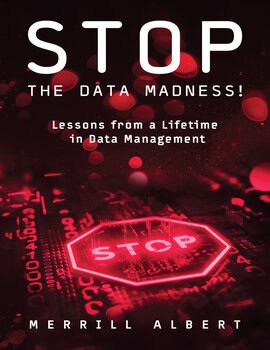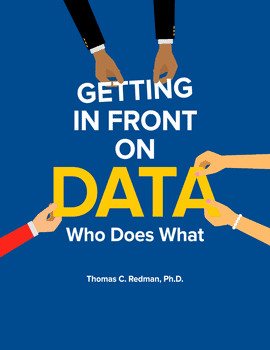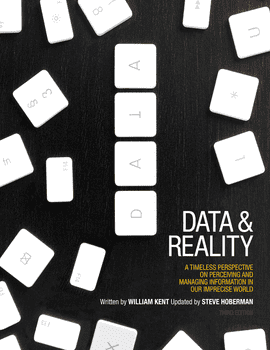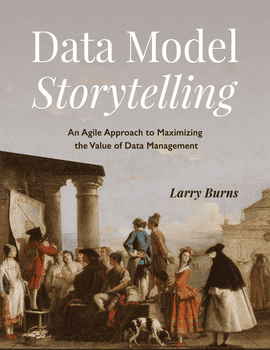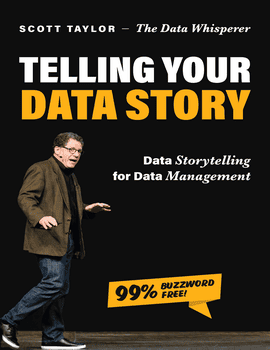Achieving Buzzword Compliance
Achieving Buzzword Compliance: Data Architecture Language and Vocabulary, by David Hay
Understand the language and vocabulary of Data Architecture.
Topics
Chapter 1: Introduction
Chapter 2: Overview of Types
A Bit of History
Summary of Data Model Types
Chapter 3: About Notations
Experiences
Notation Objectives
Evaluating Notations
Chapter 4: Details – Conceptual
A Note About Model Scope
The Overview Model
The Semantic Data Model
The Essential Data Model
Chapter 5: Details – Technological
Logical Model
Physical Model
Chapter 6: The Development Process
Reverse Engineering
Create Conceptual (Overview, Semantic, Essential) Models
Create Logical Models
Create Physical Models
Chapter 7: Best Practices
Introduction
Best Practices for Aesthetics
Best Practices for Definitions
Best Practices for Naming Conventions
Bibliography
Appendix A – Glossary
Appendix B – Semantic Web Syntax
Appendix C – Types of Notation
Appendix D – Object Role Model Symbols
The Data Architecture field is rife with terms that have become “fashionable”. Some of the terms began with very specific, specialized, meanings
– but as their use spread, they lost the precision of their technical definitions and become, well,
“buzzwords”.
A buzzword is “a word or expression from a particular subject area that has become fashionable because it has been used a lot”.
Compliance is “the obeying of an accepted principle or instruction that states the way things are or should be done.”
The assignment is to take buzzwords and follow rules to use them correctly. We cut through the hype to arrive at buzzword compliance – the state where you fully understand the words that in fact have real meaning in the data architecture industry. This book will rationalize the various ways all these terms are defined.
Of necessity, the book must address all aspects of describing an enterprise and its data management technologies. This includes a wide range of subjects, from entity/relationship modeling, through the semantic web, to database issues like relational and
“beyond relational” (“NoSQL”) approaches. In each case, the definitions for the subject are meant to be detailed enough to make it possible to understand basic principles while recognizing that a full understanding will require consulting the sources where they are more completely described.
The book’s Glossary contains a catalogue of definitions and its Bibliography contains a comprehensive set of references.
About Dave
Since the early 1980s, David Hay has been a pioneer in the use of process and data models to support strategic planning, requirements analysis and system design. He has developed enterprise models for many industries, including, among others, pharmaceutical research, oil refining and production, film and television, and nuclear energy. In each case, he found the relatively simple structures hidden in formidably complex situations. In addition to being a frequent speaker at international conferences, Mr. Hay has published several books and numerous articles.
Faculty may request complimentary digital desk copies
Please complete all fields.
